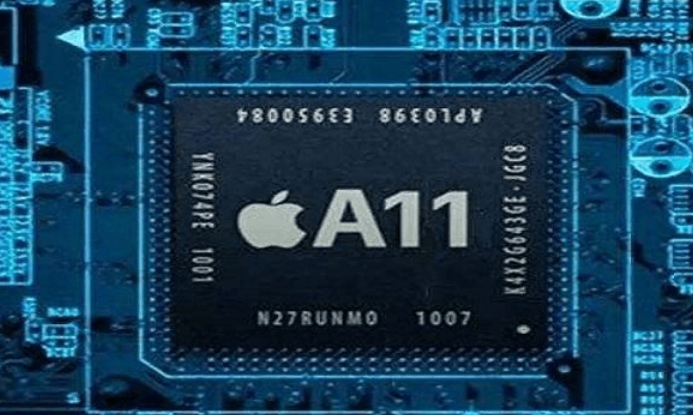We're going to take a look at what's inside the designed chip today, to give us a sense of the difficulty of the job.
The iPhone's A11 app processor, for example, is 88mm, about the size of your fingernail. It has 4.3 billion transistors inside, which need to be wired up in limited space and subjected to rigorous verification engineering to make sure it works for two to three years.
It can be seen from this that the chip project is different from other product projects in that the chip project is the most subtle and ambitious project in human history, as well as the most sophisticated manufacturing process, with large r&d investment and high trial and error cost. Some people say that the chip is the pinnacle of human creation, and I totally agree with that.
 How do 4.3 billion transistors fit into 88mm of space?
How do 4.3 billion transistors fit into 88mm of space?
Chips, as the "heart of modern industry," have entered the nanometer scale, that is, 0.000000001 meters. This numerical unit looks like it has a lot of zeros and no real sense. Imagine transistors on a chip as small as a few atoms or molecules, or if you cut the side of a fingernail into 100,000 wires, each about the size of a nanometer, and the wires between the transistors are only 30 million times smaller than a human hair.
Chips are too small for the average person to understand, but if you scale them up a hundred million times, into the nanoscale world, you'll find that each chip is an amazing world.
The enlarged chip is lined with countless transistors, each carefully designed and placed in a specific position. The hierarchical, three-dimensional structure of transistors is like the crisscrossing streets of a star-studded city.
Not only can we do this with technology, but we can cram more transistors into smaller chips so that they don't get bigger as technology improves; Second, it can increase the computing efficiency of the processor. Moreover, reducing the volume also reduces the power consumption; Finally, the nanofabrication process of the chip is designed to meet both the need to make the chip smaller and easier to fit into mobile devices in the future.
